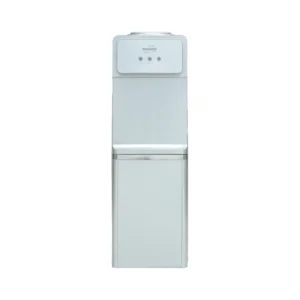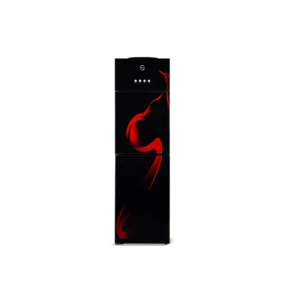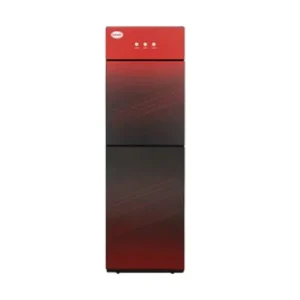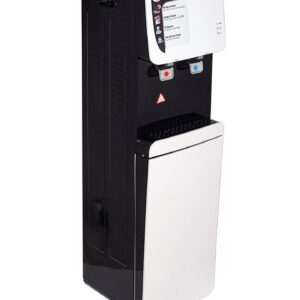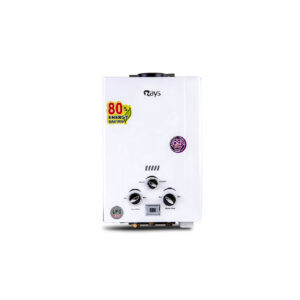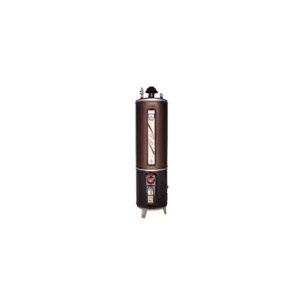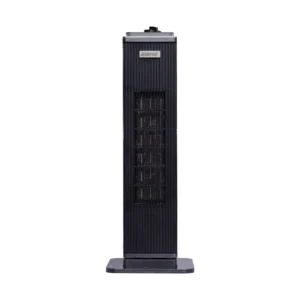The terms stove and ranges are sometimes used interchangeably. However, a stove is cooking equipment without an oven, but a range is a single appliance that combines a cooktop and an oven. Choosing a gas, electric or dual fuel range is the first significant choice you’ll need to make. Next, consider your kitchen and decide if a standalone or slide-in range is necessary. We’re here to assist you to narrow down your needs into a range so you can make a selection.
Gas vs Electric Range

Making the proper equipment selection for your kitchen is essential since it affects how well it functions. Since there weren’t many options accessible in the past, gas cooktops and ovens have been a staple in our homes for decades for baking and cooking. However, with the advent of electromagnetic induction technology in the culinary range in recent years, electric ovens and stoves have also grown more prevalent and accessible in modern times.
Metal heating elements are used in electric ranges whereas open flames are used in gas ranges. Both have distinct advantages: electric ovens often provide dry, uniform heat that’s perfect for baking and roasting, but gas stovetops tend to be more sensitive, allowing you to swiftly switch between heat levels. When deciding between a gas and an electric range, both will encourage your culinary creativity and even open up new options. Continue reading to find out more about the distinctions between gas and electric ranges and to determine which will suit your particular cooking style the best.
Double Oven Electric Ranges
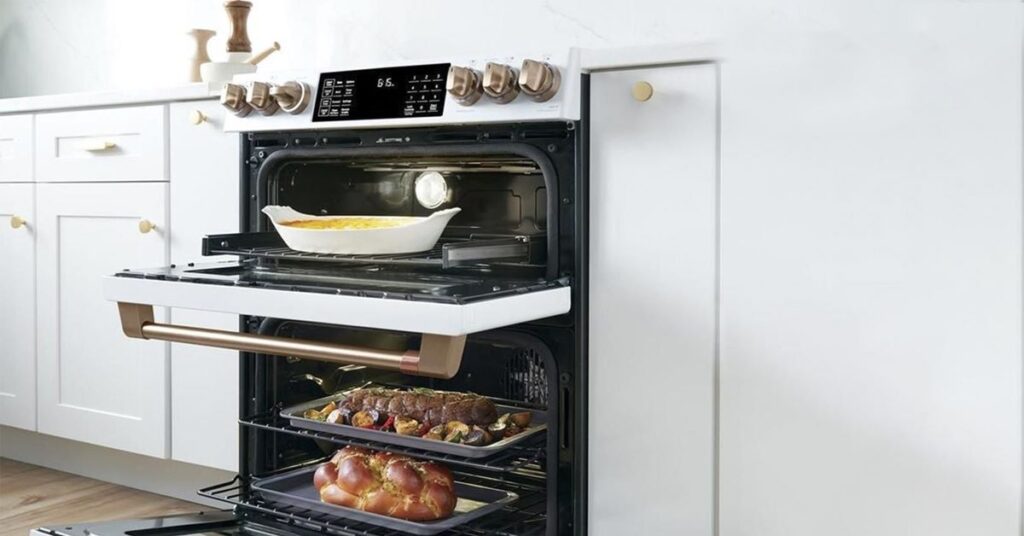
Double oven electric ranges are more expensive than single ovens, but they’re also more energy efficient. That means you can use them to cook food at the same time and save money on your electric bill. They’re also great for baking cookies or roasting vegetables for two different dishes one in the large oven, and another in a small one. If you like having extra space for mixing ingredients or storing dishes, then a double-oven range is worth considering.
Gas Range Pros
- Instant heat and temperature control are possible with gas stovetops. The flame can be simply adjusted up or down. It might not need any extra time to warm up or cool down, unlike electric stoves.
- Expect to bake your goods more quickly on a gas range than on an electric one because gas heat can be turned up quickly.
- Metal grates, which are quite strong and long-lasting, are included in gas ranges. Because of this, they are resistant to breaking or being readily scratched.
- In Pakistan, gas ranges are typically less expensive than electric ones.
- Surprisingly, natural gas is also energy-efficient. A gas stove allows you to prepare food more rapidly and with less energy than an electric one.
Electric Range Pros
- Induction heating works better with electricity than with gas. One of the most crucial factors to take into account when deciding between a gas and an electric stove is this.
- With an electric range, the kitchen remains colder.
- Electricity is more secure than gas due to the type of connection and fuel.
- Because of their flat, smooth surface, electric ranges can be easy to clean up. When it comes to gas ranges, you usually need to remove the cast iron grates so you can clean the bottom.
- Additionally, electric ranges have more features than gas-powered ranges. This gives you more freedom in the kitchen and additional options to consider when making meal plans.
Styles to Choose From
In today’s market, there are four main types of cabinets: freestanding, slide-in, drop-in, and professional.
Freestanding Range

The most popular and straight forward to install ranges are freestanding models. A freestanding range can be heated using induction, gas, or electricity. For individuals who want to have their cooktop flush against the wall, this range is ideal. The most economical form, freestanding ranges, offers cooks on a tight budget the best value.
Slide-In Range
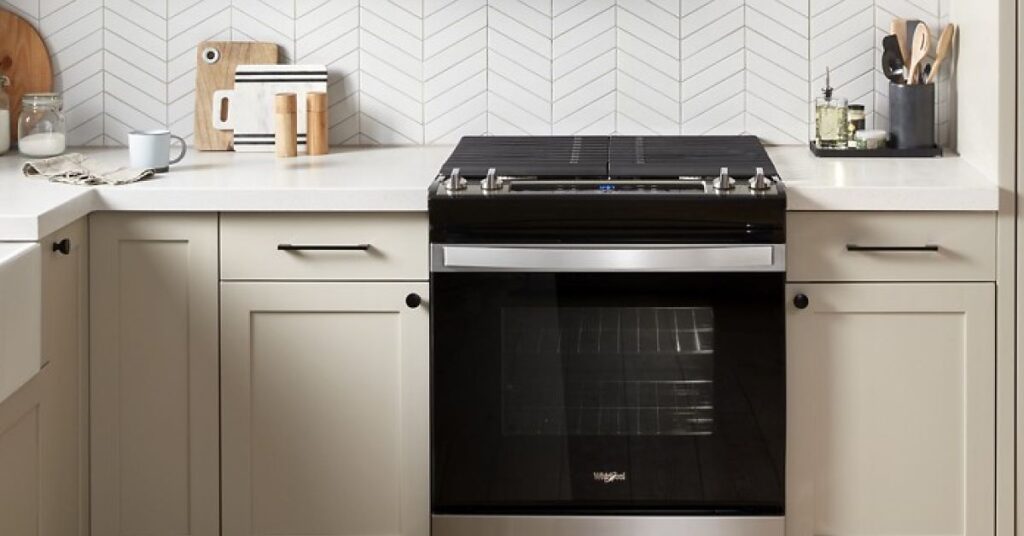
The slide-in range has developed into one of the fastest-growing market sectors in the industry as a result of the expanding trend of kitchen islands and backsplashes with ornamental tile work. These ranges are designed to blend in flush with the surrounding counters and don’t have a back panel. Because of the mechanics involved in placing all the controls up front, slide-in ranges are frequently more expensive than freestanding ones.
Drop-In Range
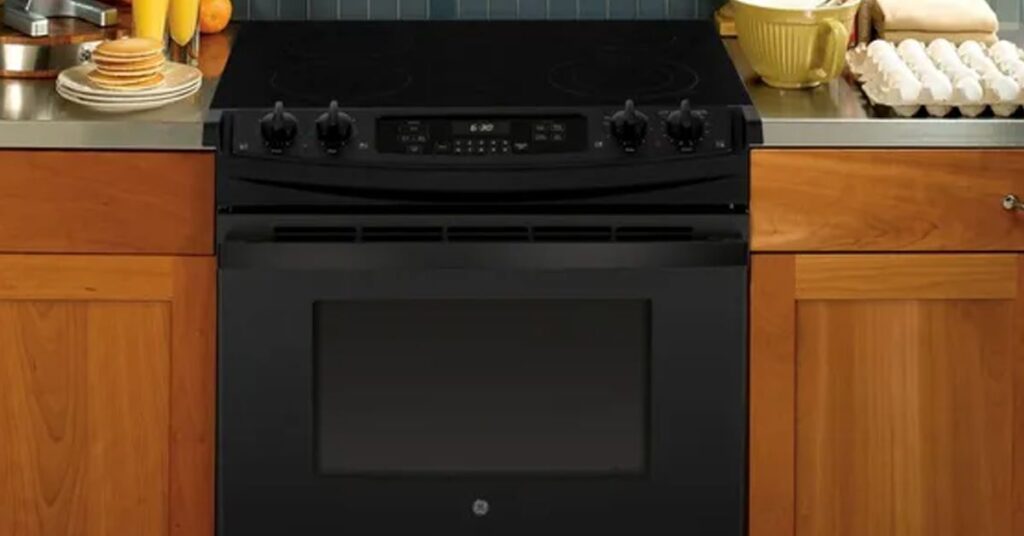
A slide-in range and a drop-in range have a lot in common. It also has sidewalls that aren’t finished and an oversized stove. The main distinction between the two is that a drop-in range sits on top of a cabinet baseboard whereas a slide-in range touches the floor. This style has the advantage of offering a more built-in appearance than a slide-in range.
Professional Range
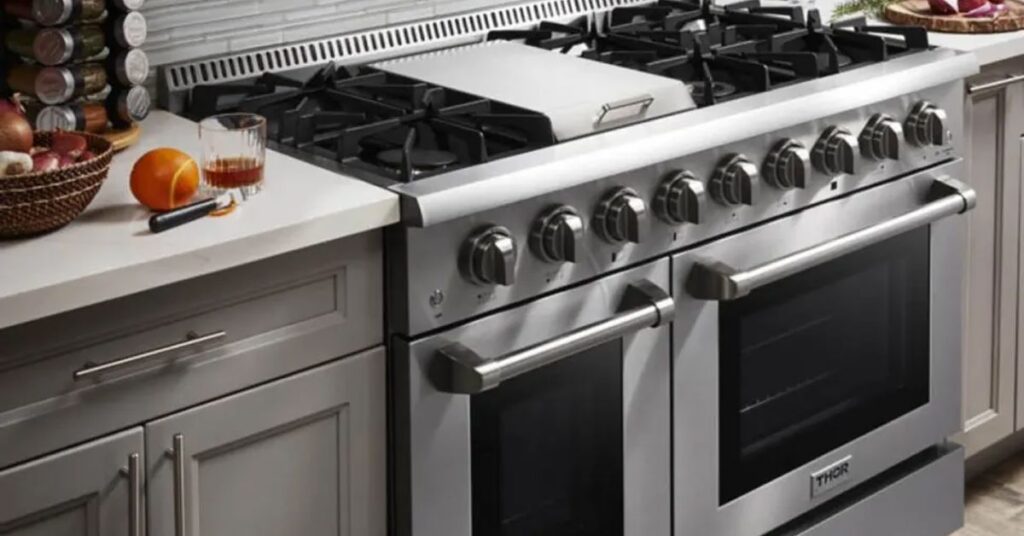
The professional range has grown significantly in recent years, despite being the most expensive range style now offered in the market. Professional ranges have many burners that can reach extremely low temperatures for delicate and precise simmering as well as extremely high temperatures for quick boiling. Standard features of professional ranges include a gas cooktop and either a gas oven or a 220-volt electric oven.
|
Models |
Prices |
| Generaltec Cooking Range GCTR60FSE | 51,999 |
| Rays 3 Burners Glass Top Cooking Range 4003 | 25,645 |
| Rays 3 Burners Metal Top Cooking Range 333SC | 21,499 |
| Tecnogas 90 X 60 cm 5 Burners Gas Cooker Steel N3X96G5VC |
239,999 |


